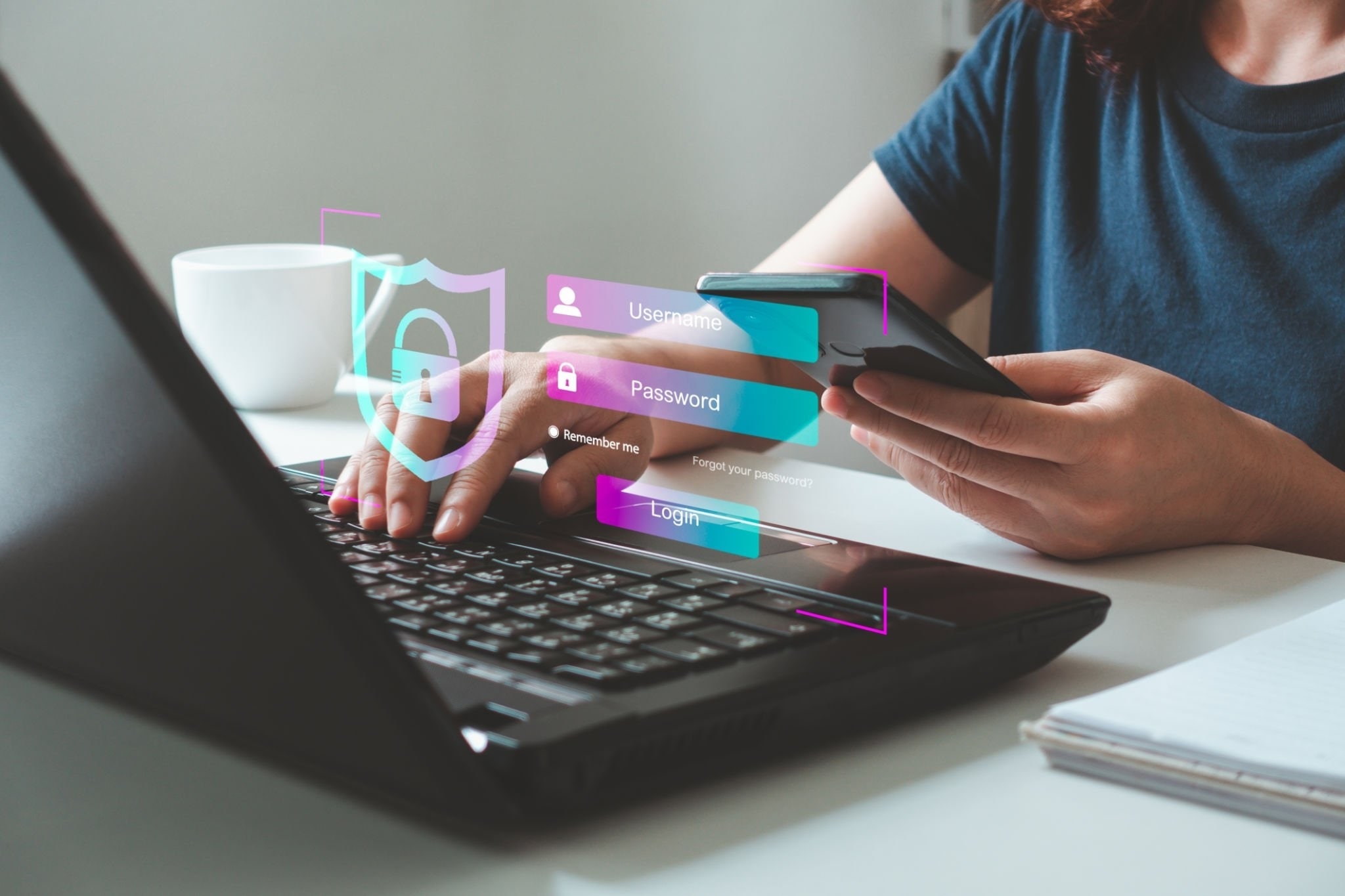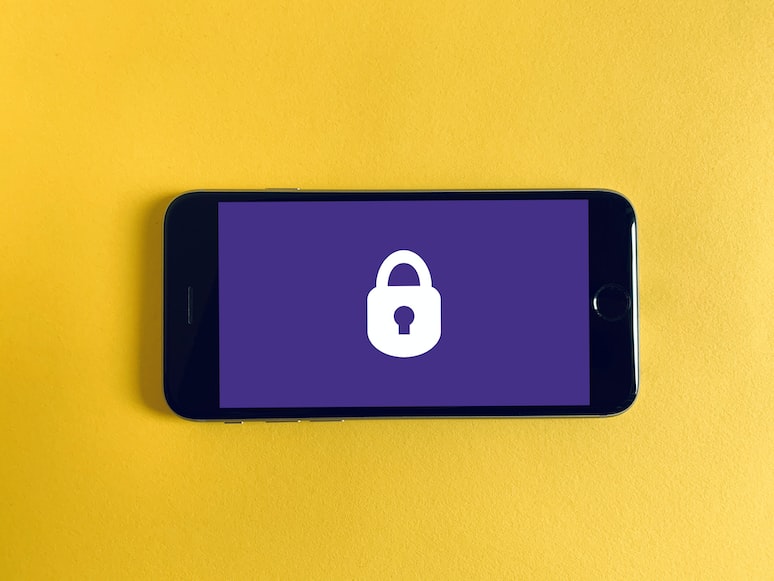With more than 60% of web searches being carried out by mobile devices, it’s plain to see just how big of a role the online world plays in our everyday life, even when we are not in front of our personal computers.
And as our lives become increasingly interconnected and dependent on the digital world, our online accounts and personal data security have become more important than ever.
One of the most popular and effective ways to protect digital identities is through the use of multi-factor authentication (MFA).
Many businesses have recognized this, and that’s why it’s a common feature on many websites and apps, especially those that operate with sensitive user data such as credit card info and personal data.
Given how important it is, we’ll explain what multi-factor authentication is and how it offers benefits in various applications.
Types of Multi-Factor Authentication

There are several types of multi-factor authentication, each incorporating different combinations of authentication factors. Here are some common examples:
- Two-Factor Authentication (2FA): This method combines two of the three authentication factors. An example of this is a bank account requiring a password and a one-time code sent to your phone.
- Three-Factor Authentication: This method incorporates all three authentication factors, including the knowledge, possession, and inherence factor. It is commonly used in high-security environments, such as protecting sensitive data or granting access to a secure facility.
- Time-Based One-Time Password (TOTP): With this method, a temporary code is generated based on a shared secret and the current time. The code is used as the second factor and is typically sent to a user’s smartphone.
- Biometric authentication: This includes fingerprint scanners, facial recognition technology, or retina scans. These methods authenticate the user by comparing a captured biometric sample to a stored one.
The Benefits of MFA
MFA providers, such as Ping Identity, help businesses manage user access with security and efficiency. Their suite of products and services provides a seamless user experience and guarantees security.
With the right MFA solutions, you can protect yourself from:
1. Protection Against Phishing Attacks
Multi-factor authentication (MFA) significantly reduces the risk of account compromise through phishing attacks.
When users are required to provide more than one form of authentication, such as a unique one-time code or biometric data, in addition to their password, it becomes much more difficult for attackers to gain unauthorized access.
Even if a user falls victim to a phishing scam and enters their credentials on a fake website, the attacker would still need to overcome the additional authentication factors.
This added layer of security makes it substantially harder for cybercriminals to exploit phishing attacks and compromise user accounts.
2. Mitigating Password Insecurity
Weak or reused passwords pose a significant security risk, as they can be easily guessed or compromised through techniques like brute force attacks or credential stuffing.
Multi-factor authentication helps mitigate this risk by requiring additional forms of identification beyond just the password. Even if a password is guessed or compromised, the attacker would still need to provide the other authentication factors to gain access to the account.
This significantly reduces the likelihood of unauthorized access and helps protect users against the inherent risks associated with password-based authentication.
3. Enhanced Protection in the Event of Data Breaches
Data breaches can result in the exposure of sensitive account information, including usernames and passwords. In such cases, multi-factor authentication offers an extra layer of security that helps protect affected users.
Even if an attacker manages to steal account information from a breached database, they would still need to bypass the additional authentication factors to gain access to user accounts.
This added security measure makes it more difficult for cybercriminals to exploit stolen data and take advantage of breached accounts, ultimately reducing the potential damage and impact of data breaches on both users and organizations.

The Limitations of SSO
Single sign-on authentication relies on just one of these factors, usually a password. The main risk of this approach is that if the password is compromised, the attacker can access your account.
Passwords can be easily stolen through phishing attacks, hacking, or simply guessing weak passwords.
The use of only one authentication factor is not a strong enough protection in today’s digital world. Multi-factor authentication strengthens security by requiring multiple factors before granting access to an account.
MFA Applications Examples
Multi-factor authentication offers numerous benefits across various applications. For instance, in online banking, MFA provides an extra layer of protection for customers’ money and sensitive information.
Requiring additional authentication layers, it can prevent fraudulent transactions, even if an attacker has the user’s login credentials.
Similarly, on eCommerce platforms, MFA helps safeguard transactions and customer data and reduces the risk of fraud by verifying identities more comprehensively.
So, implementing MFA in different applications can significantly improve security and protect users’ personal information.
Bottom Line
In today’s digital world, we rely heavily on our online accounts and personal data, but there’s always the risk of it being compromised. Multi-factor authentication is a crucial security measure that provides an additional layer of protection.
Requiring multiple authentication factors, makes it more difficult for attackers to hack into accounts or steal sensitive information. MFA can be a password and a code, biometric information, time-based one-time passwords, or other methods.
It offers various benefits, including mitigating phishing attacks, addressing password insecurity, and protecting against data breaches.
Integrating MFA in various applications, such as online banking and eCommerce platforms, can significantly enhance security and protect users’ personal data.
As the online world continues to evolve, MFA is becoming a necessary security measure to ensure the confidentiality, integrity, and availability of sensitive information.
Related Posts:
- Security Risks in Multi-Factor Authentication
- How To Boost Your Cybersecurity – 5 Tips
- Cybersecurity: How Businesses Can Stay Ahead of Threats
- Tips to Protect Your Cryptocurrency
- The Future of API Security: Emerging Technologies and Trends
- Keep Your Business Safe From Cyberattacks
- Scam Prevention: How to Stay Safe Online (Tips)
- How to Know if a Shopping Website is Legit or Fake?
- Stepping Into Cyber Security – A General Introduction
